Jewish Stories of Love and Marriage
Jewish Stories of Love and Marriage
Folktales, Legends, and Letters
Authored and Edited by Sandy Eisenberg Sasso and Peninnah Schram
ROWMAN & LITTLEFIELD
Lanham Boulder New York London
Published by Rowman & Littlefield
A wholly owned subsidiary of The Rowman & Littlefield Publishing Group, Inc.
4501 Forbes Boulevard, Suite 200, Lanham, Maryland 20706
www.rowman.com
Unit A, Whitacre Mews, 26-34 Stannary Street, London SE11 4AB, United Kingdom
Copyright 2015 by Rowman & Littlefield
All rights reserved . No part of this book may be reproduced in any form or by any electronic or mechanical means, including information storage and retrieval systems, without written permission from the publisher, except by a reviewer who may quote passages in a review.
British Library Cataloguing in Publication Information Available
Library of Congress Cataloging-in-Publication Data
Jewish stories of love and marriage : folktales, legends, and letters / authored and edited by Sandy Eisenberg Sasso and Peninnah Schram.
pages cm
Includes index.
ISBN 978-1-4422-3898-5 (cloth : alk. paper) ISBN 978-1-4422-3899-2 (electronic) 1. Jewish legends. 2. MidrashLegends. 3. TalmudLegends. 4. JewsSocial life and customs. 5. LoveReligious aspectsJudaism. 6. Love-letters. 7. Love stories. I. Sasso, Sandy Eisenberg, editor. II. Schram, Peninnah, editor. III. Title.
BM530.J494 2015
296.19dc23
2015014339
 The paper used in this publication meets the minimum requirements of American National Standard for Information SciencesPermanence of Paper for Printed Library Materials, ANSI/NISO Z39.48-1992.
The paper used in this publication meets the minimum requirements of American National Standard for Information SciencesPermanence of Paper for Printed Library Materials, ANSI/NISO Z39.48-1992.
Printed in the United States of America
To Dennis, with whom my own love story began.
With eternal love have I loved you.
SES
To those who inspire me to tell stories of love and gratitude: my husband Irving Schram, zl, and our children and grandchildren: Rebecca, Emile, Dorielle, Aaron, and Ilan;Mordechai, Sonia, and Yitzhak Eliyahu.
PS
Preface
M oments, even those we dream about, plan for, and fret over for years, pass all too quickly. Weddings are one of those moments. How do we hold on to what is precious and unrepeatable once it is gone? When the dancing has stopped, the dinner plates washed, even the frozen top layer of the wedding cake defrosted and eaten, what then? Photographs tell only part of what happened. Behind every picture, there is a story.
Throughout Jewish history, from the Bible until contemporary times, tradition has preserved moments of love and marriage through story. Whether it is the poetry of Song of Songs, the extraordinary love affair of Rachel and Akiba, the folk legends that reflect the various cultures in which Jews lived, tradition is replete with narratives of young love, companionship after loss, forbidden relationships, unexpected and mysterious intimacies.
Despite the differences of time, place, and customs, each of these narratives tells us something about fervor and attraction, companionship and affection, falling in love and growing in love. While in earlier generations love often followed marriage, couples were young, and sexual mores were different, still the ancient tales give us a glimpse into the dynamics that are part of our own relationships.
In this book we will explore the love stories of the generations. The first part includes stories from the Bible and the rabbis of the Talmud and Midrash. All of these stories need to be understood within the expectations of their day. Most of the classical, pre-modern Jewish love narratives were heterosexual, although, undoubtedly love between people of the same gender existed (as is evident from some interpretations of the biblical story of David and Jonathan). Polygamy, concubines, matchmaking were all part of the culture. However, within those parameters, our ancestors faced many of the same trials and emotions that we do today. When we tell those tales, we remember how we are connected to a long chain of tradition that offers its own wisdom, even as that tradition diverges from our modern sensibilities and practices.
Part two is a collection of folktales about relationships during courtship and between husbands and wives. They too reflect the time in which they were written and told and the culture out of which they came. Yet stories of ordinary people trying to fashion a relationship, often in poverty and under oppression, speak of a love that is stronger than death.
The third part includes love letters of historical personalities. These are individuals who are mostly known for their achievements, teachings, and writings. We often forget that they too had personal lives filled with profound emotions. The correspondence between spouses and lovers gives us a glimpse into the depth of affection that sustained and nurtured them.
Part four is a gathering of contemporary voices, retellings of twenty-first-century love, romance, and marriage. It includes stories of youth, maturity, and age, of first love and love after loss, of heterosexual and homosexual relationships.
As a storyteller and a rabbi, we are often asked to offer a traditional story at an engagement, shower, wedding blessing (aufruf ), under the huppah (wedding canopy), and at a special anniversary celebration. Narratives come so much closer to the intimacy of experience than any words of wisdom. Because the tales are remembered, they become guideposts along a hopefully long and fruitful journey made more beautiful by sharing it with another.
Of course, it is not only the stories of the past and of others that matter, it is your story as well. The fifth part of the book will offer a guide of how to write your own narrative of love and relationship that can be passed from grandparents to parents to children. Hopefully they, in turn, will be inspired to add their own account, to recall in later years what once brought them together and to preserve that for future generations.
What insight might we glean from these narratives? A true love is one who will keep your deepest secrets and encourage your most outlandish dreams. A strong marriage will shelter you when life is tough; make you brave when you are afraid; give you hope when you have lost it. True love will never hold you back; it will open new doors, even when you doubt that you can. It will know what makes you angry and never use it to hurt you. It will give you a pep talk, but never a lecture. It will listen without judgment and forgive without reproach.
We often think of marriage as a very private affair. But Jewish tradition teaches that it is also a statement of community and continuity. The huppah is covered above to signify the privacy of home, but open on all sides to symbolize hospitality and connectedness to community. The broken glass at the end of the ceremony is a reminder of our connection to the people of Israels broken past and the wholeness of a personal embrace that promises to be as strong in trial as in triumph.
In none of these accounts is there a glass slipper or do princes and princesses ride off into the sunset. These are not fantasies; they are fashioned from loss and grief, outside oppression and internal strife. Some of the characters will be familiar, part of Jewish history; others will be ordinary people trying to make a life and love.
Acknowledgments
There are many people who have made this book possible. We are grateful to folklorist/anthologist Howard Schwartz for his permission to include his version of The First Wedding as our opening story. Our gratitude goes to Gary Zola, Kevin Profitt, and Amy Malvento at the American Jewish Archives. Their help with research and granting permission to use documents has been invaluable. The Reconstructionist Rabbinical College Archives provided unpublished letters. Ann and Miriam Eisenstein, the family of Ira and Judith Eisenstein, allowed us to publish the private correspondence of their parents. The Leo Baeck Archives made available important documents which Jodi Tzucker generously translated from the German. Jean Powers Sonam and Tamar Goldschmidt, as well as Random House, were gracious in allowing us to print historic communications of their families. Elisa Klapheck gave us access to and annotated the unpublished papers of Rabbi Regina Jonas and lovingly had them translated for this book. David Wacks shared his extensive research and contributed the classic Sephardic tale of Sahar and Kimah.
Next page
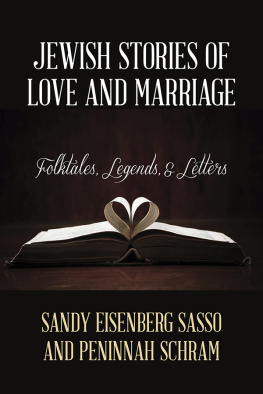
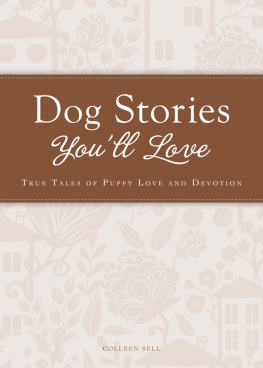
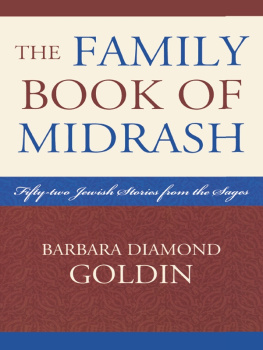

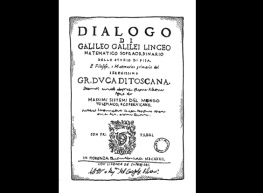

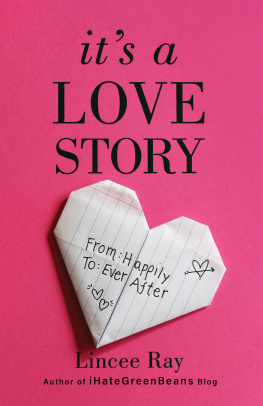
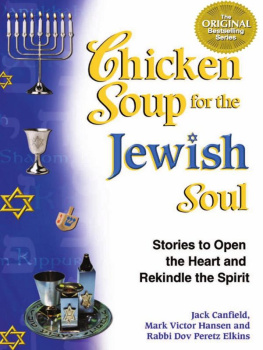
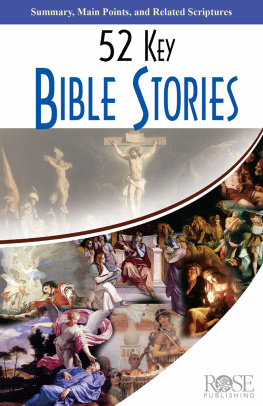
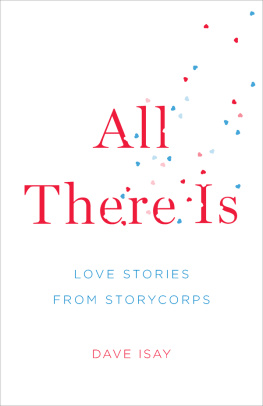
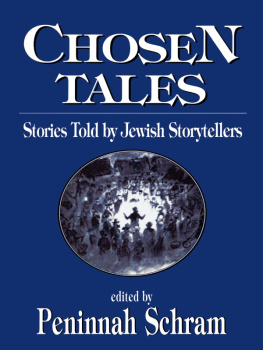
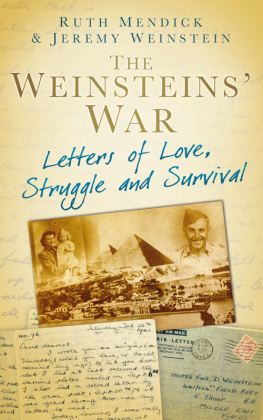
 The paper used in this publication meets the minimum requirements of American National Standard for Information SciencesPermanence of Paper for Printed Library Materials, ANSI/NISO Z39.48-1992.
The paper used in this publication meets the minimum requirements of American National Standard for Information SciencesPermanence of Paper for Printed Library Materials, ANSI/NISO Z39.48-1992.